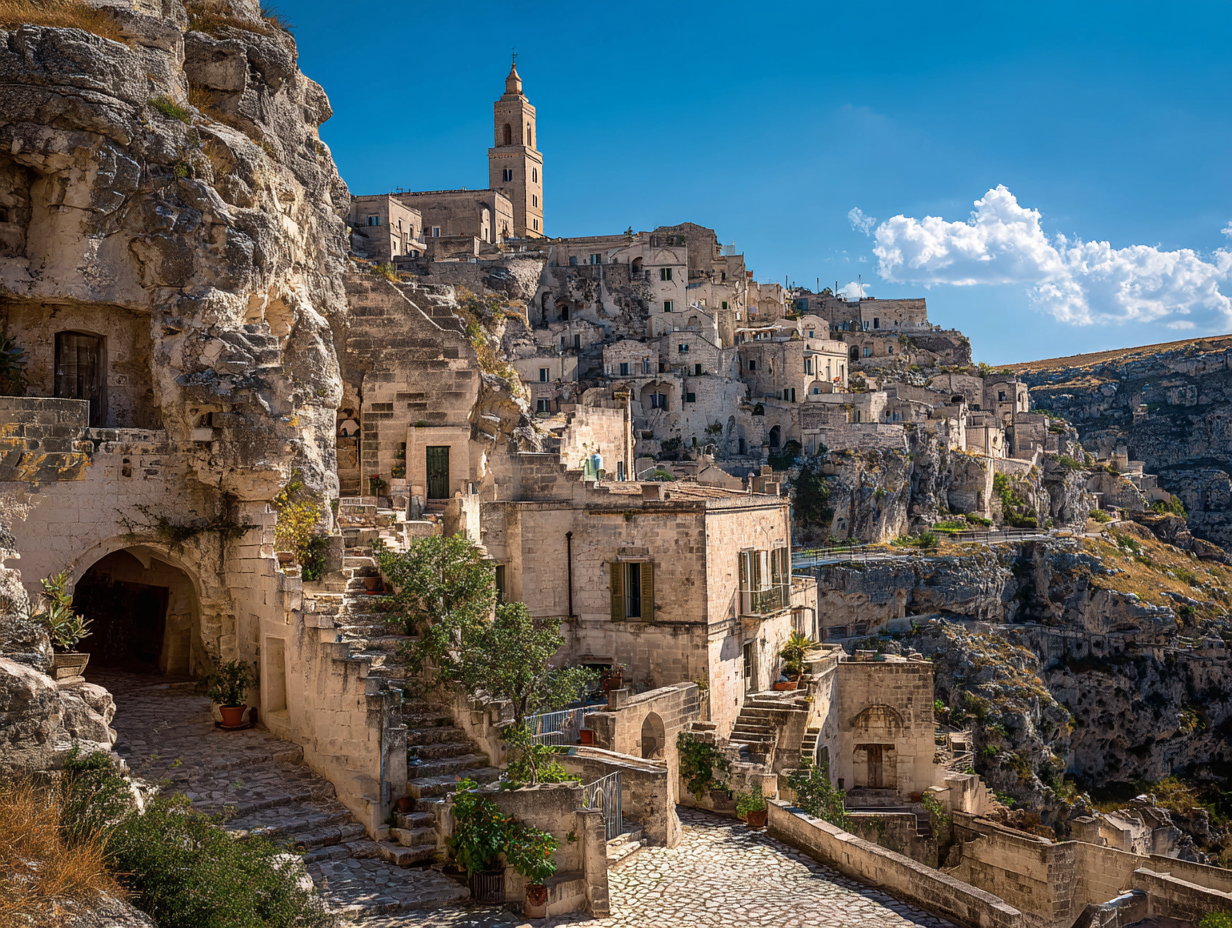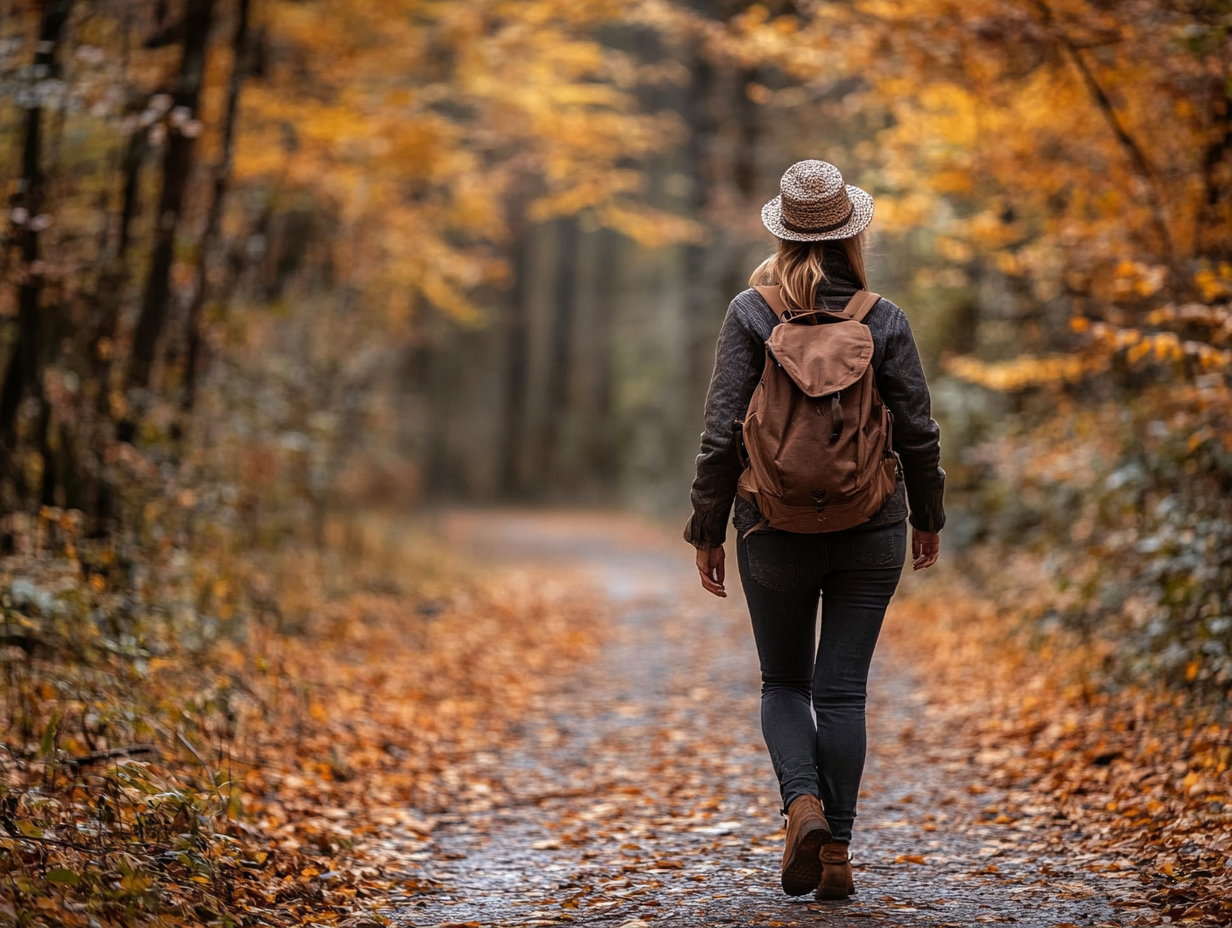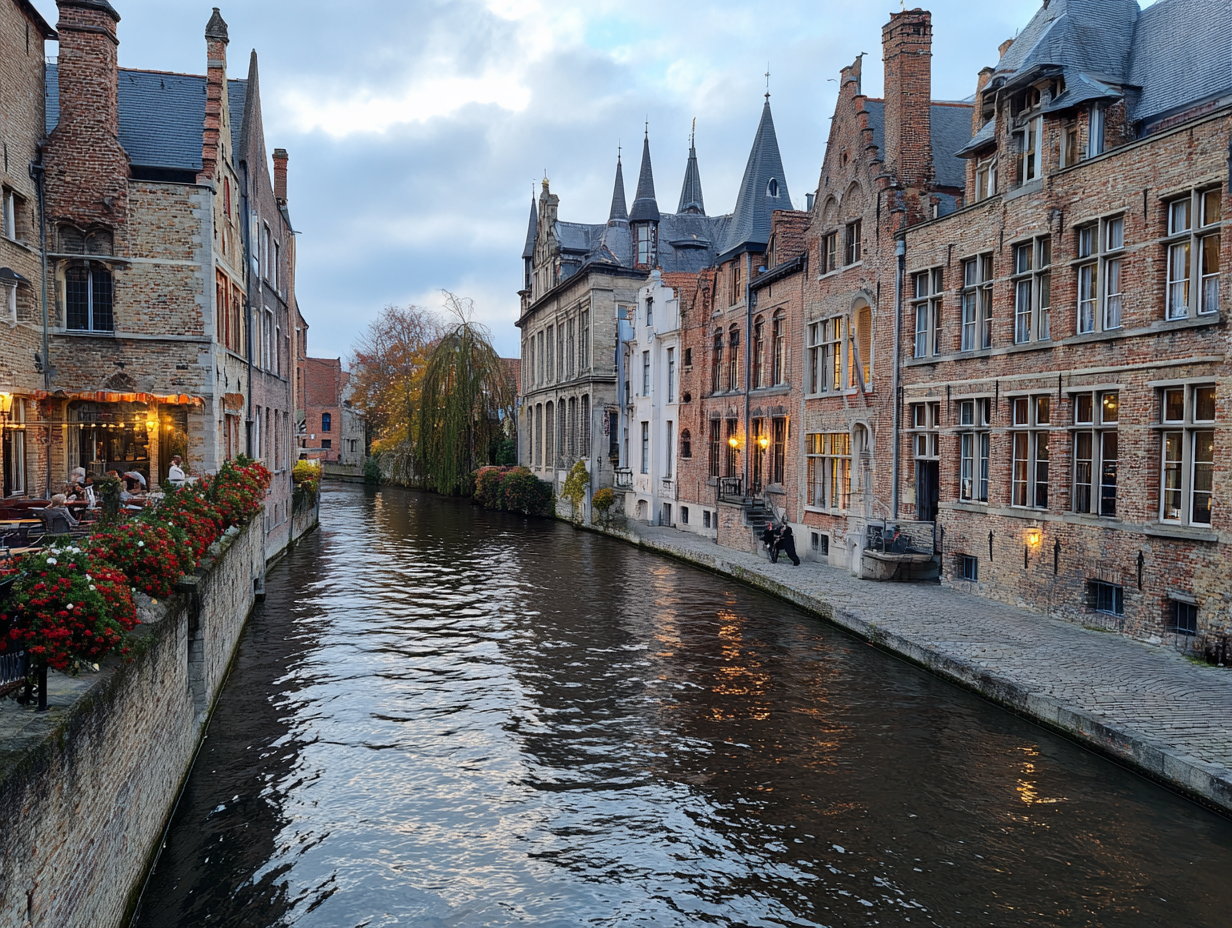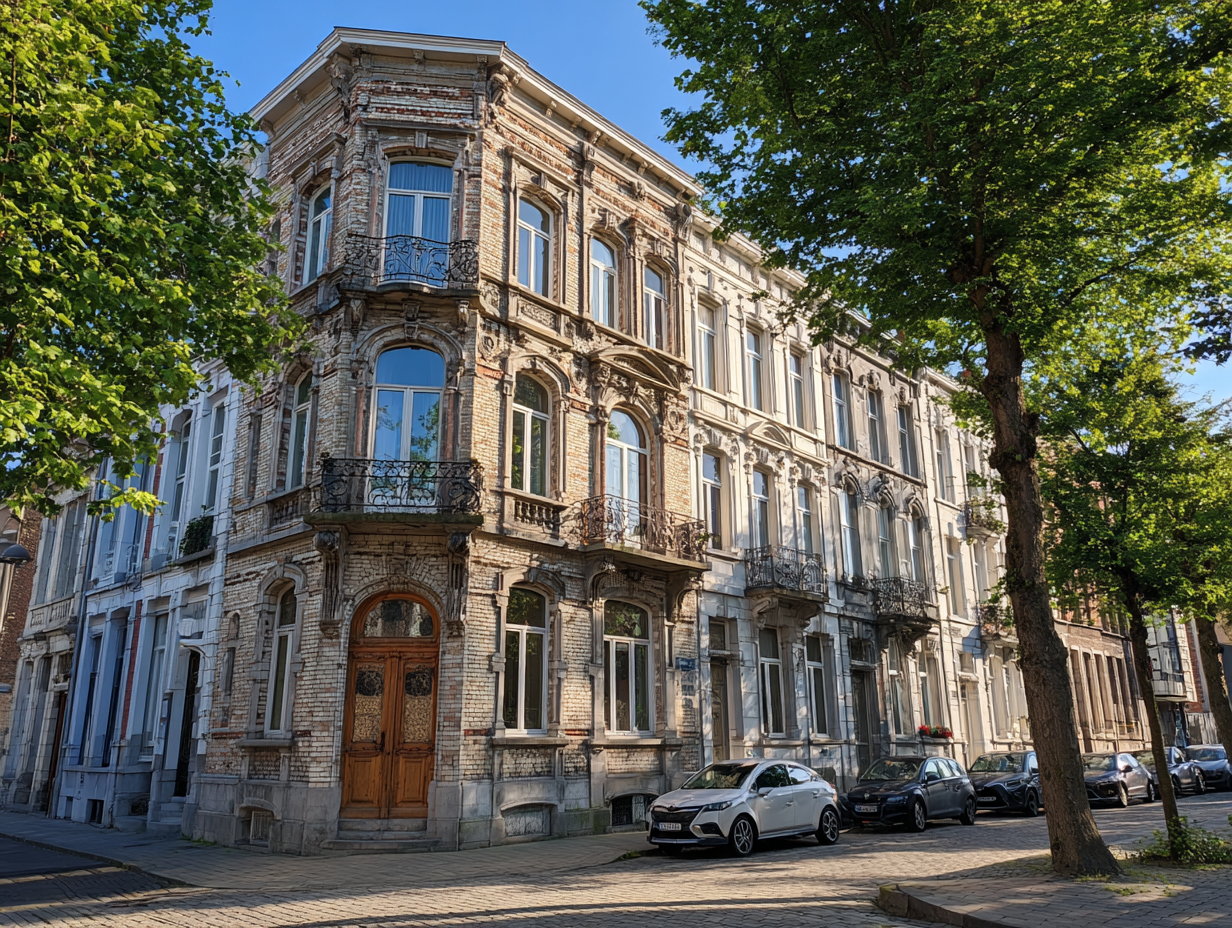Celebrate World Tourism Day 2025 by exploring 10 offbeat destinations across India and the world—hidden villages, surreal landscapes, and untouched adventures await.
Travel isn’t just about ticking boxes on a map—it’s about discovering places where silence tells stories, where landscapes shape culture, and where the journey feels personal. Celebrated every year on September 27, World Tourism Day 2025 is the perfect occasion to step off the tourist trail and wander into villages above the clouds, valleys frozen in time, and landscapes so surreal they could belong to another planet. From India’s hidden corners to remote wonders across the globe, here are ten destinations waiting to enchant the explorer in you.
1. Nongjrong, Meghalaya, India
Imagine waking up above a floating sea of clouds—that’s Nongjrong in the East Khasi Hills. Untouched by commercial tourism, this tiny village offers sweeping valley views and a calmness that feels like stepping back in time. The hospitality of the Khasi community adds warmth to the breathtaking scenery.
What to explore: Sunrise viewpoints, traditional Khasi culture, and tranquil hikes through mist-draped hills.
2. Faroe Islands, Denmark
Halfway between Iceland and Norway, the Faroe Islands look like something out of a Norse saga. Turf-roofed cottages perch on emerald cliffs, seabirds sweep across dramatic fjords, and waterfalls tumble straight into the sea. It’s raw, moody, and wildly photogenic—a perfect escape for those who crave solitude in nature.
What to explore: Mulafossur Waterfall, the village of Gásadalur, puffin-spotting, and hiking across windswept cliffs.
3. Hanle, Ladakh, India
At 14,000 feet, Hanle is a hidden jewel of Ladakh’s Changthang region. Known for the Indian Astronomical Observatory—the highest of its kind—it’s a stargazer’s paradise where the Milky Way feels close enough to touch. Add to that a centuries-old monastery and vast open valleys, and Hanle becomes a place where silence itself feels sacred.
What to explore: Stargazing under crystal-clear skies, Hanle Monastery, and high-altitude drives across remote passes.
4. Socotra Island, Yemen
Socotra often feels like it belongs to another world. Nicknamed the “Galápagos of the Indian Ocean,” it’s home to alien-like Dragon Blood trees, pristine white-sand beaches, and species found nowhere else on Earth. Remote and largely untouched, it’s a living museum of biodiversity and culture.
What to explore: Dragon Blood tree forests, Qalansiyah Beach, Detwah Lagoon, and hidden caves echoing with folklore.
5. Ziro Valley, Arunachal Pradesh, India
Ziro Valley is where pine-clad hills meet lush rice paddies, and where tribal heritage thrives. Home to the Apatani tribe, it offers a slow, soulful travel experience far from the rush of city life. Famous for the Ziro Music Festival, it’s equally enchanting in its everyday rhythm of farming and folk traditions.
What to explore: Tribal villages, paddy walks, pine forests, and folk experiences beyond the festival.
6. Matera, Italy
Matera, carved from limestone cliffs in southern Italy, is a city that seems frozen in time. Its Sassi cave dwellings, once abandoned, now hum with boutique hotels, art studios, and candlelit restaurants. Walking here feels like wandering through a living museum where history and modern creativity coexist beautifully.
What to explore: The Sassi districts, rupestrian churches, Palombaro Lungo (underground cistern), and cinematic backdrops used in films.
7. Patagonia, Chile & Argentina
Patagonia is the ultimate adventure landscape—where granite towers rise above turquoise lakes, glaciers groan into fjords, and endless pampas stretch to the horizon. It’s wild, untamed, and unforgettable, attracting explorers who crave both adrenaline and awe. The region’s sheer scale makes you feel small yet profoundly alive.
What to explore: Torres del Paine treks, Perito Moreno Glacier, Mount Fitz Roy, and wildlife safaris spotting guanacos and condors.
8. Svalbard, Norway
Tucked deep in the Arctic Circle, Svalbard is a world of ice, auroras, and polar bears. Life here moves to the rhythm of the midnight sun in summer and endless night skies in winter. Remote and extreme, it’s a rare chance to witness Earth’s rawest edges.
What to explore: Polar bear safaris, Northern Lights, glacier hikes, dog-sledding, and abandoned Arctic settlements.
9. Uyuni Salt Flats, Bolivia
Step onto Salar de Uyuni after rain, and you’ll find yourself walking across the sky. This vast salt flat transforms into the world’s largest natural mirror, creating a surreal horizon where heaven and earth merge. Even when dry, the landscape is striking, like a dazzling white desert of infinity.
What to explore: Mirror-like salt flats, Incahuasi Island with giant cacti, salt hotels, and nearby colored lagoons.
10. Chopta, Uttarakhand, India
Nicknamed the “Mini Switzerland of India,” Chopta is a Himalayan haven of rolling meadows, ancient temples, and crisp mountain air. Less crowded than other Uttarakhand spots, it offers both spirituality and adventure. Whether you’re chasing sunrise over Chaukhamba peaks or trekking to Tungnath Temple, Chopta is pure Himalayan bliss.
What to explore: Trekking to Tungnath and Chandrashila, birdwatching in Kedarnath Wildlife Sanctuary, and meadow camping.



